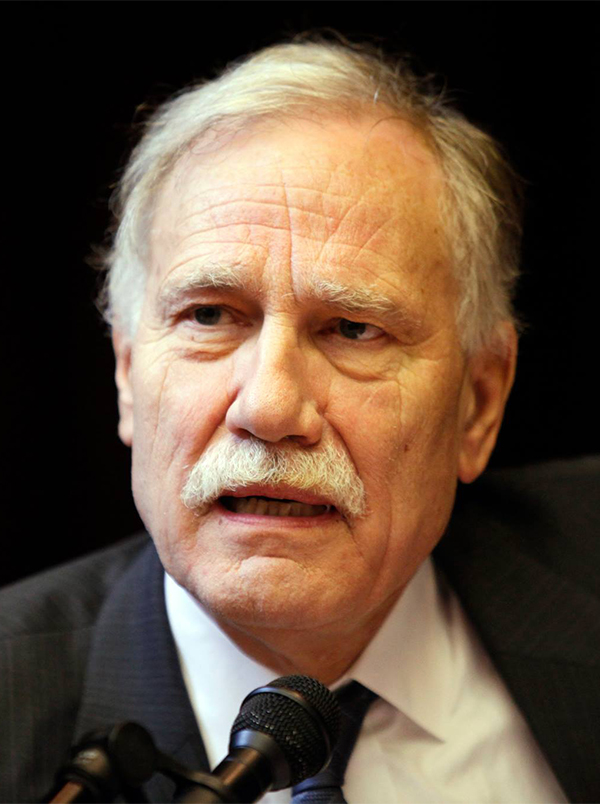
Europe’s ecologic renaissance will be built upon its infrastructures
Europe’s economic renaissance following the Second World War was largely due to a solid, capilarised infrastructure network.
These infrastructures have granted the economy a concrete base to exchange goods, provide services and transport people while being energetically supplied.
The network was costly, but no economic growth would have been possible without it. It acted as Europe’s vector for prosperity and competitiveness in world trade.
Its role as a prerequisite of the functioning of the internal market was so obvious we took it for granted. It is not: as all human constructions, infrastructures have a life cycle and that of the European network is no exception.
Yet, investment is sorely lacking. Since the 1990’s, investment in maintenance has decreased from 3-3,5% of the European GDP to 2,5%. As a result, 60% of the post-war structures pose problems related to the corrosion of steal.
Germany alone has fallen behind investment in maintenance of 1000 billion euros since 1999: the whole Green Deal bill! Besides, this situation is bound to worsen.
Changes in climatic conditions alter the resistance of infrastructures and call to a rethinking of their resilience.
Roads crack due to drought, rails deform as their temperature exceeds 50 degrees and periodic floods threaten coastal roads and railways.
These constraints have to be included in any new infrastructure design, while they accelerate the aging of structures or limit their effectiveness.
Maintenance is not the only stake: infrastructures are an essential tool of the ecological transition. Our greenhouse gas emissions will not go down building highways and coal factories.
To the contrary, the new generation of infrastructures has to address the double challenge of increasing competitiveness while being energetically virtuous.
In transport, European policies are more and more designed to make the modal shift a reality. Good examples of infrastructures likely to drastically reduce CO2 emissions and still not hamper traffic are railways.
They offer high quality, fast mobility solutions capable of unclogging road axes in many points in Europe. Regrettably, this possibility is still too untapped.
The absence of connections however obvious, as the Bordeaux-Irun high-speed line, or the rail freight modal share are enough to understand the scale of necessary efforts. So it appears, incentives to invest are endogenous and exogenous.
How to explain, in this case, the dramatic situation we have buried ourselves into with regard to the infrastructure network?
Major infrastructure projects may meet various obstacles, two of which are the lack of investment and administrative barriers.
Surprisingly enough, the seconds can be deadlier to projects than the firsts. Still, we are facing difficulties to raise funds that are particularly worrying since 2008’s economic crisis.
Things are not going to get better any time soon, with an increasingly sustained rhythm of crises in economic cycles according to forecasts.
In spite of this deleterious climate, tools do exist to support projects. The first of them is the Connecting Europe Facility (CEF) that the Parliament wishes to endow with 28 billion euros for the period 2021-2027 and which aims at enhancing infrastructural links between Member States. However, the European Court of Auditors (ECA) stated that only 23% of the CEF has been delivered in 2019. In reality, it may prove extremely difficult to mobilise available funds, even with good will from decision makers and promoters.
Between land use authorisations, the protection of sensitive areas, environmental assessments or the various consultations that need to be conducted, administrative authorisations can delay the start of works up to 8 years depending on the Member State.
As a result, the costs of studies weighing on promoters is tenfold, reaching up to 20% of the cost of the project before the beginning of the works.
A mechanical increase due to the longer delays is also to be deplored. This is discouraging for promoters who become reluctant to invest time and money in projects which outcome is at best hazardous.
As legislators, it is our mission to create the conditions of our readiness towards the ecologic transition. Infrastructures are no exception to this preparatory work, and we are working in the European Parliament towards the reduction of administrative barriers to major infrastructure projects.
Should these efforts be successful, they will not suffice: we will need all the legislative creativity to solve this issue. An interesting lead can be found in Germany.
In February, the Bundestag has adopted a law approving twelve infrastructure projects, five of which are waterways construction projects and seven rail projects.
It is not trivial: approving them by the way of the Law means that, contrary to an administrative decision, it can only be contested in front of a constitutional court, which can only invalidate it if the projects are deemed unconstitutional. T
he intention of the Bundestag members is commendable, insofar as it sanctuarizes infrastructures which ecologic and economic interests are recognised.
The awareness of the environmental challenges that lie ahead has its roots in the political debates of the 2010s.
It is now the time to implement the Green Deal it gave birth to. We must find the societal equation that will allow Europe to flourish again: it will be built on its infrastructures.




